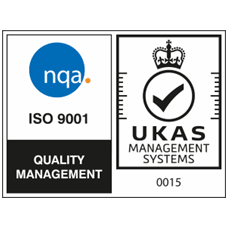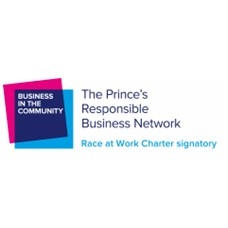
Calculating the Cost of Staff Turnover
Turnover is beneficial to business; without turnover, it becomes more difficult for an organisation to bring in new capability without increasing its size. With new hires, comes new ideas and greater diversity of thought. Without new hires, it is highly challenging to change the shape of the workforce. Unless people are leaving at all levels of the organisation, it becomes more difficult to build capability through progressive routes.
The more insidious impact of low turnover is that it can mask performance problems. Flawed processes and poor management are common triggers for turnover. When turnover is normal, outliers in voluntary turnover can highlight these issues. Where turnover is low, either through strong bind levers or high levels of unemployment, these issues may not obviously come to the fore.
There are, however, considerable costs that come from turnover.
Performance Cost
All turnover has a performance impact.
As a new worker develops their competence, they will generate greater levels of value, shown on the solid line.
- Point a is the tipping point, where the weekly value being generated by the worker is greater than their cost of wages, benefits and employer taxes.
- Point b is where that worker achieves the required level of competence and begins to generate a level of value in line with their peers. One study found that the average time to hit point b for ‘new workers from elsewhere in the same industry’ was around fifteen weeks. This compared against ‘32 weeks for a worker from another sector, 40 weeks for a new graduate, and a full calendar year for a person coming out of unemployment or inactivity’. 1
- Point c is where the organisation finally break even and the excess value generated by the worker, area y, is greater than the initial investment, area x.
- Point d is when a worker decides to leave, and performance will fall back down. Part of this will be driven by time spent handing over work, rather than being productive. For some, motivation will drop, exacerbating the performance impact.
- Point e is where the worker leaves, completing the resulting loss of value in area z.
With a speed to competency of up to a year 1, turnover early in the employee lifecycle may never break even and generate a return on investment. If there is also a gap before they can fill that vacancy, this may result in a loss of revenue. The totality of this is the performance cost.
Administrative Cost
The second factor is the administrative cost of turnover, these are the costs incurred through the lost time of other workers who need to support the exit. In the figure above, between points d and e, performance falls as work is handed over. This impacts on peers, who will need to spend their time taking over the work, and also impact the line manager, whose time will be spent examining and partitioning the soon vacant portfolio of work, managing stakeholders and conducting final interviews. When a new worker joins to fill that vacancy, the same will happen. Whilst competence is being learned and developed, there is additional cost to administer the teaching, coaching, feedback and mentorship. This may fall on dedicated learning and development staff and will certainly fall upon those same peers and line manager.
Replacement Cost
The final factor is the replacement cost of turnover, these are the direct and indirect costs incurred to find a new worker to fill the vacancy. Examples of the direct costs may be advertising the role or the use of an agency or search firm to find suitable candidates. Indirect costs will be the time spent by the in-house recruiter and spent by the original line manager and others, including HR business partners, to screen and select the right candidate. As the replacement cost is the aspect with direct costs, this is the area often given scrutiny by finance departments; this reinforces the idea that internal movement is the panacea of capability building as it is seen to be cost neutral. In reality, an organisation that is maintaining its headcount must recruit if a vacancy arises. Internal mobility allows us, perhaps, to backfill a senior vacancy with an existing worker and therefore recruit a more junior backfill. However, each move still generates performance and administrative costs.
Total Cost
One study indicated the typical cost of turnover in the US for positions earning less than $30,000 annually was sixteen percent, while ‘very highly paid jobs and those at the senior or executive levels tend to have disproportionately high turnover costs’ ranging up to 213 percent. 1 This resonates with Josh Bersin, renowned industry analyst, educator, and thought leader in all aspects of HR, whose estimates place the cost of turnover as ranging from tens of thousands of dollars to one-and-a-half or even twice annual salary.2
With such a financial impact, effective workforce planning is essential to avoiding cost whilst creating the right workforce.
References
- Rogers, T & Saider, M (2014) The Cost of Brain Drain, Oxford Economics
- Boushey, H & Glynn, S J (2012) There are significant business costs to replacing employees, 16 November, Center for American Progress
- Bersin, J (2013) Employee retention now a big issue: Why the tide has turned, 16 August, LinkedIn.



























